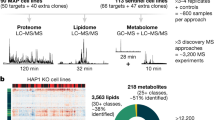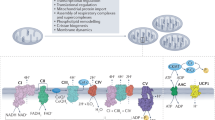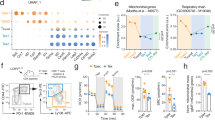Abstract
Some “animal-like” protozoa are used instead of mammalian cells in diverse investigations. Tetrahymena pyriformis cells in stationary phase of growth and washed from oxidative substrates (T.pyriformis) function under conditions of reduced oxidative metabolism. To elucidate if T.pyriformis can be applied as a model for mitochondrial energetics study in mammalian cells during hibernation, the features of T.pyriformis mitochondria were compared with that of liver mitochondria isolated from hibernating animals; the published earlier data were used. Based on the respiration recording and observation of Mito Tracker Red fluorescence in living T.pyriformis we tentatively concluded that the mitochondrial electrical membrane potential, Δψ, is low, and that the most part of the proton motive force is stored as the difference of pH between the sides of inner mitochondrial membrane. A sharp decrease of the maximal uncoupler-stimulated respiration rates was observed in the liver mitochondria isolated from hibernating animals. These and other data are explained by hypothesis that remodeling the liver mitochondria to a condense configuration is prerequisite for reduction of the oxidative metabolism. The rearrangement possibly resembles the apoptosis with the initial Δψ decrease induced by the respiratory activity suppression; the process has been earlier studied by E. Gotlieb and coauthors. The data suggest that T.pyriformis are suitable to study of some aspects of mitochondrial role in cellular adaptation to metabolic depression; that the evolutionary ancient mechanisms are conserved in a modified form in the ciliate and mammalian cells.
Similar content being viewed by others
Article PDF
Author information
Authors and Affiliations
Corresponding author
Rights and permissions
About this article
Cite this article
Mokhova, E. Living unicellular eukaryote Tetrahymena pyriformis as a model for study of mitochondrial energetics in mammalian cells under conditions of reduced oxidative metabolism. . Nat Prec (2010). https://doi.org/10.1038/npre.2010.4521.2
Received:
Accepted:
Published:
DOI: https://doi.org/10.1038/npre.2010.4521.2



